The U.S. economy grew at an annual rate of 2.0 percent in the third quarter amid the Delta variant-fueled COVID-19 surge, after expanding at 6.7 percent in the second quarter, the U.S. Commerce Department reported Thursday.
"The increase in third quarter GDP reflected the continued economic impact of the COVID-19 pandemic," the department's Bureau of Economic Analysis said in an advance estimate.
"A resurgence of COVID-19 cases resulted in new restrictions and delays in the reopening of establishments in some parts of the country," the bureau noted. "Government assistance payments in the form of forgivable loans to businesses, grants to state and local governments, and social benefits to households all decreased."
Jason Furman, former chairman of the White House Council of Economic Advisers, tweeted that government spending in the form of stimulus payments "fell a lot" in the third quarter and "likely played some role in the slowdown in personal consumption growth."
Aside from surging COVID-19 cases and waning government support, the U.S. economy is seeing continued supply chain disruptions, which have pushed up inflation and could dampen the economic outlook going forward.
The 2.0-percent growth pace was lower than the 2.8-percent rate estimated by economists surveyed by The Wall Street Journal.
The increase in real GDP in the third quarter reflected increases in private inventory investment, personal consumption expenditures, state and local government spending, and nonresidential fixed investment, said the report.












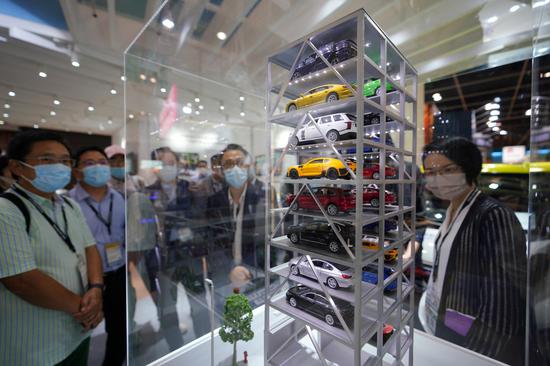

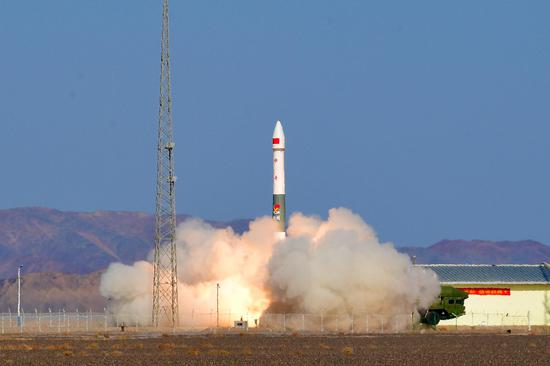



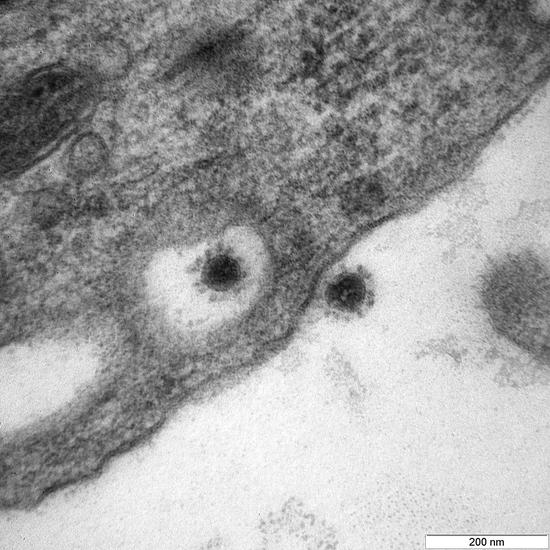


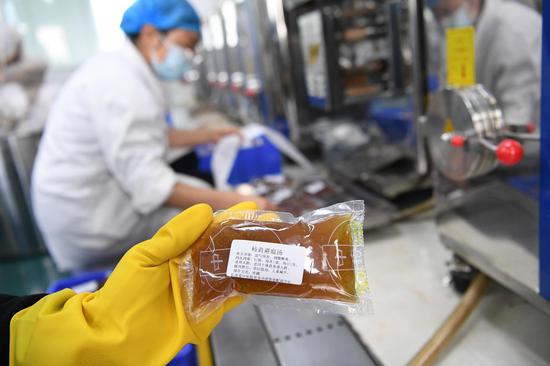





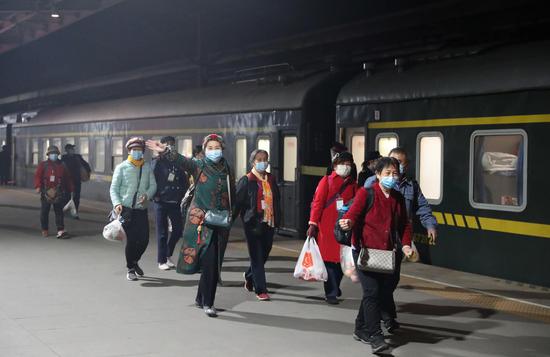

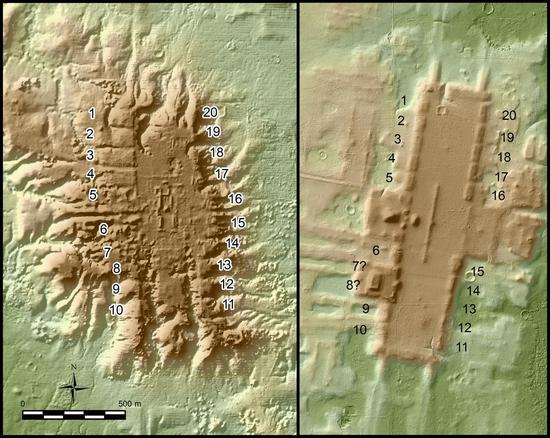





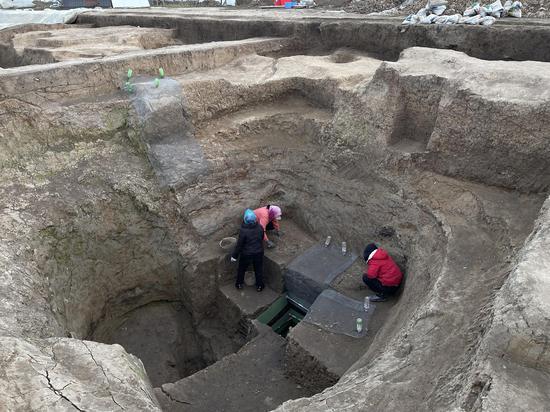
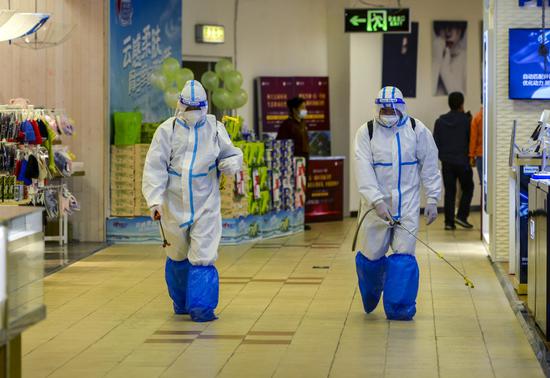









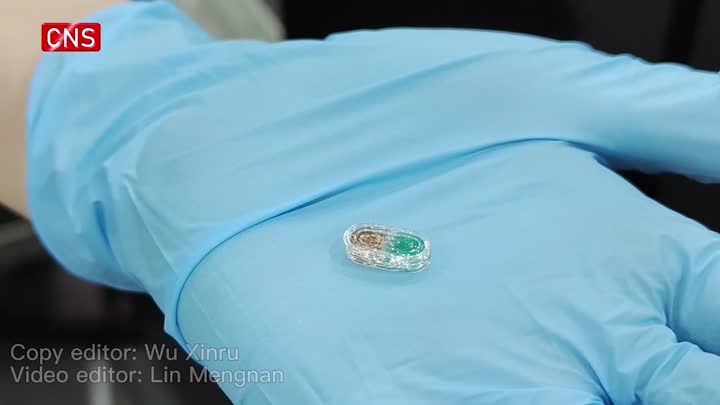



 京公网安备 11010202009201号
京公网安备 11010202009201号